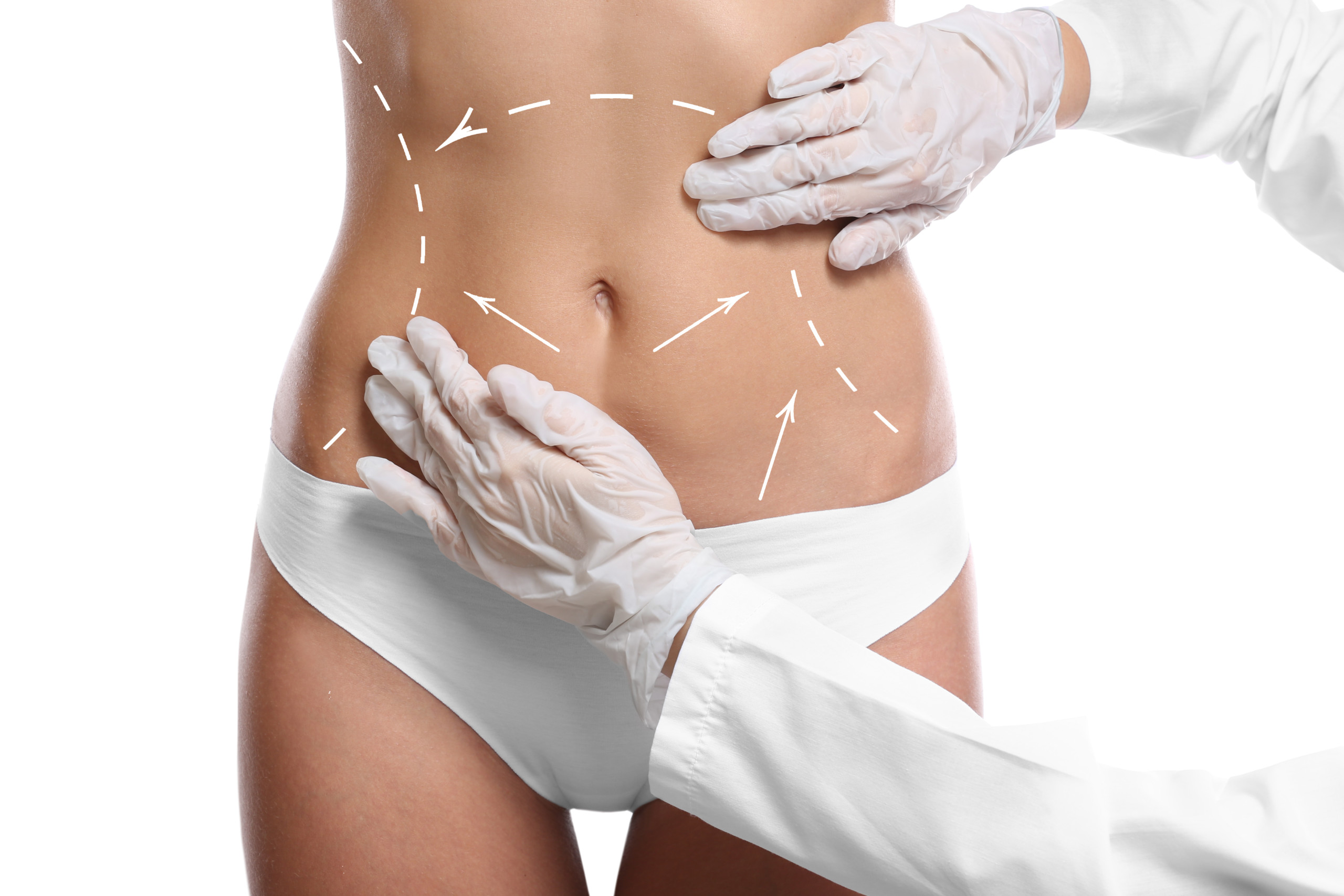Fat loss is a common objective for many cosmetic surgery patients. These patients have often spent many years trying to lose weight naturally. When diet, exercise, and other natural methods don’t work, cosmetic surgery becomes the most obvious solution. However, depending on the type of fat loss patients are looking to achieve, different procedures might be necessary. For those patients who are looking to remove fat in a large area of the body, liposuction is the most common procedure. Due to advances in science and medicine, there is now a great option for those people looking to “spot treat”. Fat loss in small, targeted areas is now possible with liposculpture.
What is liposculpture?
Liposculpture is a surgical procedure that gives a more defined muscle tone and shapeliness for patients. The procedure itself is intended to treat little pockets of fat. This is different than traditional liposuction, which covers larger targeted treatment areas.
Instead of simply removing fat, liposculpture also uses the fat and tissue of the patient to achieve the best body shape possible. In other words, the surgeon moves that fat around underneath the skin to craft the desired shape. Because of this differentiating point, this procedure can be particularly useful in areas that don’t respond to diet and exercise.
Am I a good candidate for liposculpture?
Liposculpture works best if you have the following qualities.
- Good skin elasticity
- A darker skin tone
- You don’t smoke
- Your skin doesn’t have much sun damage
- You are already close to your ideal weight
- You have a BMI under 30
Conversely, please note that the procedure may not work well if you have weakened muscles or loose skin from age or pregnancy. Please remember that every patient is unique. For the best understanding of how this procedure would work for you, speak to a board-certified plastic surgeon. He or she can tell you whether you’re a good candidate for the procedure.
How does the procedure work?
A surgeon uses liposculpture to remove fat and move some of the fat to certain areas of your body. Please note that this procedure isn’t used for overall weight loss. Instead, liposculpture is recommended to tighten up areas that already have good elasticity. Additionally, it can improve body contours, such as accentuating abdominal muscles or narrowing a waist.
Most surgeons use the tumescent technique, which helps limit blood loss and scarring. The steps to the procedure are as follows.
- During the procedure, the surgeon will inject a sterile solution containing numbing medicine into the targeted treatment area(s).
- He or she will then make a tiny incision and place a small tube, known as a cannula, under the skin into the fat.
- He or she will then use that tube to move the targeted fat, release it from its current location, and remove it with suction.
- In some cases, the fat is purified, processed, and transferred to other parts of the body to enhance features in those areas.
In fact, many patients combine liposculpture with other cosmetic surgery procedures. The most common procedure it is combined with is a tummy tuck. Combining different procedures can help you achieve desired results.
What can I expect from recovery?
Recovery after liposculpture is usually brief. It is normal for patients to experience swelling and bruising, which dissipates after a few weeks.
The good news is that results from the procedure begin immediately. However, you might not see them right away, as the swelling needs to go down for the results to become apparent. On average, it takes six months for the results to become fully apparent. During this time, your body continues to heal.
Other recovery notes include the following.
- You may be advised to take one week off from work.
- Light walking during your recovery can help to prevent blood clots.
- You should avoid exercise and any strenuous activity for two to three weeks.
- Your doctor will likely instruct you to wear a compression garment to help with the swelling.
- To help maintain results after liposculpture, eat a balanced diet.
How much does the procedure cost?
According to self-reported costs on RealSelf.com, the average cost of liposculpture is $5,350. with a price range from $1,400 to $9,200.
Many factors affect the end cost of liposculpture, including:
- Your location
- How many treatment areas of the body there are
- The type and use of anesthesia
- Specific doctor fees
Because liposculpture is an elective procedure, it is not covered by insurance.
Dr. Anthony Berlet & Liposculpture: We can help!
To find the right doctor to administer liposculpture, find a board-certified plastic surgeon in your area. The right doctor will be able to explain all of the advantages and disadvantages of the treatment, discuss your concerns and prepare you for the procedure. Dr. Berlet performed cosmetic procedures in the northern New Jersey area for a large base of clientele for over 20 years. His experience is in helping men and women make the right plastic surgery decisions to achieve their body goals. To learn more about fat loss and liposculpture treatment, contact us today!
